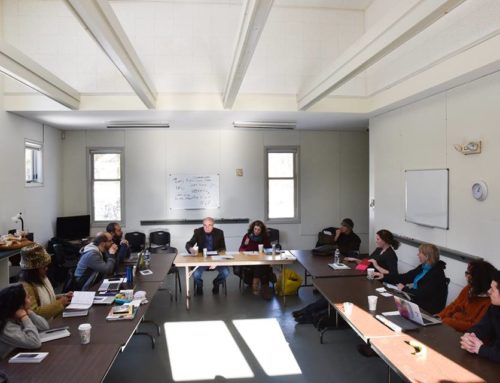In prepping for my talk this Saturday, Feb. 20 at the Monadnock Writers’ Group in Peterborough, NH (see my last post), I find myself focusing once again on the importance of pre-draft analysis and exploration. To me, there is nothing more important than to do your due diligence while developing your story idea before you shift into draft mode.
There are several initial and progressive steps:
First, make a quick analysis of the idea to see if it has the potential to contain the four basic ingredients all good scripts possess:
1. One central pivotal character
2. A strong, conscious, external want of this character and a compelling and subconscious inner need that has to be made evident as the story progresses
3. Formidable obstacles represented by other characters and/or the central character him/herself that prevent the external want from being fulfilled and the inner need from being recognized–setting up conflict
4. A resolution to the story, leaving the central character a changed person
Second, think about what you’re leaving with the audience by resolving the central characters main dilemma in a certain way. And ask yourself if you believe that premise passionately. If you don’t, rework your resolution.
Third, invent possible other characters that enter the story and begin your character explorations on all of them in addition to your central character. This should start with trying on for size such characteristics as aspects of physical appearance, their external world (family situation, place in their community, etc.) and their internal world (personality type, sexuality, spiritual life, sense of morality, etc.) In other words, create an initial sketch for each of your major characters.
Fourth, dig deep into the backstory of your central character and the central dilemma your story hinges on. Think about milestone events in the past that have shaped who the character is who first walks into your actual script. And then have the character who enters your script monologue about the most significant of these events from the past and listen carefully to the voice that emerges.
Fifth, tackle your expanded and detailed plot outline using the discoveries made so far in your story development process.
Too many writers are in much too much of a hurry to start turning out pages before they’re ready. As a result they get lost in a sea of pages they’ve fallen in love with, while in reality those pages are just initial explorations. By taking the time to do your pre-draft work first you’re way ahead in the game.
* * * *






Leave A Comment